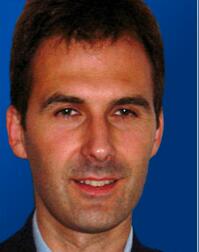


Abstract—A face recognition algorithm using biologically inspired C2 standard model features is proposed. The C2 feature extraction system, which is based on the standard model of the ventral stream of visual cortex, is modified for the extraction of facial features. The S2 units in the learning stage are tuned to frontal and profile views of the faces to provide pose invariant recognition. A new learning function is utilized to extract discriminative facial features. The spatial invariance is limited both in the local and global pooling stages. The reduced spatial invariance in the local pooling preserves the minute shape and texture details of the facial components, whereas that in the global pooling stage preserves the component location information. The faces are classified using a support vector machines classifier with linear kernel. The proposed algorithm is tested using two face datasets (MIT-CBCL, FEI) with wide variations in profiles, and compared with existing algorithms (the original C2 feature extraction algorithm and MPCALDA algorithm). The experimental results provide evidence of the better performance of the proposed approach for pose invariant face recognition, by at least 6.5%.
Index Terms—Face recognition, pose invariance, human-computer interaction, pattern recognition, biologically inspired features, C2 features.
The author is with the Institute of High Performance Computing, A*STAR, Singapore (e-mail: pramodkumarpisharody@gmail.com, Tel.: +65 6419 1206, fax: +65 6463 1452).
Cite: Pramod Kumar Pisharady and Martin Saerbeck, "Pose Invariant Face Recognition Using Neuro-Biologically Inspired Features," International Journal of Future Computer and Communication vol. 1, no. 3, pp. 316-320, 2012.
Copyright © 2008-2025. International Journal of Future Computer and Communication. All rights reserved.
E-mail: editor@ijfcc.org